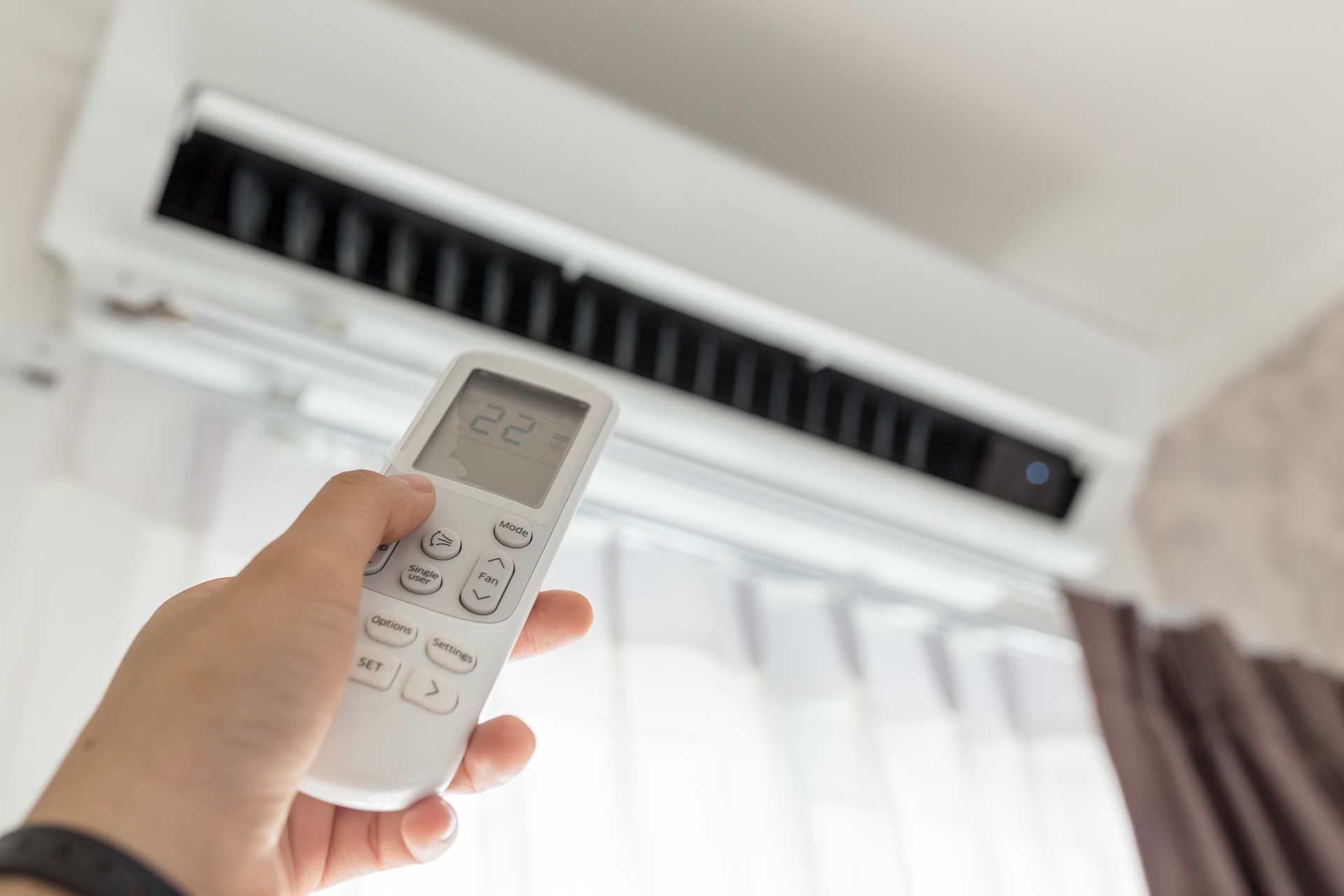

Articles
How Long Does It Take To Install AC Unit
Modified: October 20, 2024
Find out how long it takes to install an AC unit with our informative articles. Get expert tips and advice on AC unit installation timelines.
(Many of the links in this article redirect to a specific reviewed product. Your purchase of these products through affiliate links helps to generate commission for Storables.com, at no extra cost. Learn more)
Introduction
Installing an air conditioning (AC) unit is a crucial step towards ensuring a comfortable and pleasant living environment, especially during the hot summer months. However, many homeowners are often curious about the time it takes to complete the installation process. While there is no one-size-fits-all answer, as each installation is unique, there are several factors that can influence the overall time required.
In this article, we will explore the various factors that can affect the time taken to install an AC unit. Understanding these factors can help you better plan for the installation and set realistic expectations. Whether you are considering getting a new AC unit or upgrading your existing one, knowing the approximate installation time can be essential to ensure a smooth and hassle-free experience.
So, let’s dive in and explore the factors that play a role in determining the time required for AC unit installation.
Key Takeaways:
- Proper pre-installation preparation, including consultation, location selection, and clearing the installation area, can streamline the AC unit installation process and minimize potential complications.
- Hiring a professional HVAC technician for AC unit installation ensures expertise, warranty coverage, compliance with regulations, and peace of mind, outweighing the potential risks of a DIY approach.
Read more: How Long Does AC Recharge Take
Factors Affecting AC Installation Time
When it comes to the installation of an AC unit, several factors can influence the time it takes for the job to be completed. These factors can vary from one installation to another, making it difficult to provide an exact timeframe. However, understanding these factors can give you a general idea of what to expect during the installation process. Here are some key factors that can affect the AC installation time:
- Size and Type of AC Unit: The size and type of AC unit you choose can significantly impact the installation time. Larger units or complex systems may require more time for installation due to their size and the complexity of the components involved.
- Location of Installation: The location where the AC unit will be installed also plays a role in determining installation time. If the unit is being installed in a hard-to-reach area or requires significant modifications to existing structures, it can add to the overall installation time.
- Existing Ductwork and Infrastructure: The condition of your existing ductwork and infrastructure can affect the installation time. If your ductwork needs repairs or modifications, it may take additional time to complete the installation process.
- Additional Components and Features: If you opt for additional components or features with your AC unit, such as zoning systems or smart thermostats, the installation time may increase. These additional components require additional wiring, setup, and testing.
- Complexity of the Installation Process: The complexity of the installation process is another crucial factor. Some installations may be straightforward, while others may require more intricate steps, such as duct sealing or indoor unit mounting, which can increase the overall installation time.
These are just a few of the factors that can affect AC installation time. It is essential to consult with a professional HVAC technician to assess your specific situation and provide a more accurate estimate of the installation time.
Next, we will discuss how proper pre-installation preparation can impact the overall installation time and ensure a smoother process.
Size and Type of AC Unit
One of the primary factors that can affect the installation time of an air conditioning (AC) unit is the size and type of the unit. AC units come in various sizes, ranging from small window units to large central cooling systems. Additionally, there are different types of AC units, such as split systems, packaged units, and ductless mini-split systems.
The size of the AC unit is determined by the cooling capacity it can provide, measured in British Thermal Units (BTUs). The larger the cooling capacity, the larger the unit size. Installing a larger AC unit typically requires more work, as it may involve additional components, such as bigger ducts or electrical upgrades.
For instance, installing a small window unit may be a straightforward process that can be completed by a homeowner with some basic tools and minimal assistance. On the other hand, installing a large central cooling system may require the expertise of a professional HVAC technician and a team of installers.
The type of AC unit also plays a role in installation time. Split systems, for example, consist of an indoor and outdoor unit connected by refrigerant lines. Installing a split system involves mounting the indoor and outdoor units, connecting refrigerant lines, and installing ductwork if necessary.
On the other hand, ductless mini-split systems do not require ductwork for air distribution. These systems consist of an outdoor unit and one or more indoor units mounted on the walls or ceilings. Installing a ductless mini-split system is usually quicker compared to a split system, as there is no need for ductwork installation.
Ultimately, the size and type of AC unit you choose will have a significant impact on the installation time. It is crucial to consult with a professional HVAC technician to determine the appropriate unit size and type for your specific needs and to receive an accurate estimate of the installation time.
In the next section, we will discuss how the location of installation can affect the installation time of an AC unit.
Location of Installation
The location where the air conditioning (AC) unit will be installed is another important factor that can affect the installation time. The specific characteristics of the installation site can determine the complexity of the installation process and the amount of time required to complete it.
If the AC unit is being installed in a hard-to-reach area, such as a cramped attic or a basement, it may take additional time and effort to maneuver the unit into place. In these cases, the installation team may need to disassemble the AC unit into smaller components to fit through narrow spaces and then reassemble it once inside.
Accessibility is also a crucial consideration. If the installation site requires extensive modifications or structural alterations for the AC unit to fit, it can add to the overall installation time. This may involve cutting holes in walls, installing additional support structures, or making adjustments to existing infrastructure.
Furthermore, the location can impact the installation requirements for electrical and plumbing connections. If the installation site is far from the existing electrical panel and plumbing lines, it may take additional time to run the necessary wiring and piping to connect the AC unit properly.
It is worth noting that the location of the AC unit can also affect its performance and efficiency. Placing the unit in direct sunlight, near sources of heat, or in areas with poor airflow can lead to reduced efficiency and higher energy consumption.
Consulting with a professional HVAC technician can help determine the most suitable location for your AC unit installation. They will assess the layout of your home, evaluate the best placement options, and provide guidance on any necessary modifications or adjustments that may impact the installation time.
In the next section, we will explore how existing ductwork and infrastructure can influence the installation time of an AC unit.
Existing Ductwork and Infrastructure
The condition of your existing ductwork and infrastructure can have a significant impact on the installation time of an air conditioning (AC) unit. If you already have ductwork in place for a central cooling system, the installation process may be more straightforward compared to a home that does not have existing ductwork.
If your current ductwork is in good condition and properly sized for the new AC unit, it can save time during the installation process. However, if the ductwork is damaged, outdated, or undersized, it may require repairs, modifications, or even a complete replacement, which will add to the installation time.
The installation team will need to inspect the condition of the ductwork, seal any leaks, and make necessary adjustments to ensure optimal airflow and distribution of cool air throughout your home. This process can be time-consuming, depending on the extent of the repairs or modifications needed.
In cases where there is no existing ductwork, alternative options like a ductless mini-split system can be considered. These systems do not require ductwork and can be installed more quickly compared to a traditional central cooling system.
Aside from ductwork, the existing infrastructure of your home can also impact the installation time. If your electrical system needs upgrades or modifications to handle the electrical load of the new AC unit, it will take additional time for the installation team to complete the necessary wiring work. Similarly, if your home does not have an existing dedicated circuit for the AC unit, one will need to be installed, which can add to the overall installation time.
It is essential to have a professional HVAC technician evaluate your existing ductwork and infrastructure as part of the installation process. They can assess the condition, identify any necessary repairs or modifications, and provide a more accurate estimate of the installation time based on your specific situation.
In the next section, we will discuss how additional components and features can affect the overall installation time of an AC unit.
Read more: How Long Does It Take For AC To Cool House
Additional Components and Features
When installing an air conditioning (AC) unit, homeowners often have the option to include additional components and features to enhance the system’s performance and functionality. However, it is important to note that these additional components can impact the overall installation time.
One common additional component is a zoning system. A zoning system allows you to divide your home into different areas or zones, each with its own temperature controls. This feature can increase energy efficiency and provide personalized comfort throughout your home. However, installing a zoning system requires additional wiring, control panels, and dampers, which can extend the installation time.
Another feature that may add to the installation time is a smart thermostat. Smart thermostats offer advanced programming capabilities, remote control access, and energy-saving features. However, integrating a smart thermostat into the AC system may involve additional wiring and configuration, requiring more time during the installation process.
Moreover, if you opt for specialized filtration systems, such as air purifiers or UV germicidal lights, they will require additional installation steps. These components are designed to improve indoor air quality by filtering out pollutants and allergens or by sanitizing the air. The installation team will need to ensure proper placement, connect the components to the AC system, and set up the controls accordingly.
Ultimately, the decision to include additional components and features should be based on your specific needs and preferences. While they may extend the installation time, they can provide significant benefits in terms of comfort, energy efficiency, and air quality.
Consult with a professional HVAC technician to understand the impact of including additional components on the installation time. They can guide you through the options, assess the requirements, and provide accurate estimates for the installation process.
In the next section, we will explore how the complexity of the installation process can affect the time required for AC unit installation.
The time it takes to install an AC unit can vary depending on factors such as the type of unit, the size of the space, and any necessary ductwork. It’s best to consult with a professional HVAC technician for an accurate estimate.
Complexity of the Installation Process
The complexity of the installation process is a significant factor that can affect the time required to install an air conditioning (AC) unit. The complexity can vary depending on various factors, such as the type of AC unit, the layout of your home, and any specific requirements or challenges that may arise during the installation.
Some installations may be relatively straightforward. For example, if you are replacing an existing AC unit with a similar model, the installation process may involve removing the old unit, making minor adjustments, and installing the new unit in its place. In these cases, the installation time can be relatively short.
However, certain situations can make the installation process more complex. If your home has unique architectural features, such as high ceilings or vaulted ceilings, special considerations may need to be taken into account during the installation. The installation team may require specialized equipment or techniques to ensure proper installation and optimal performance.
Additionally, if the installation involves extensive ductwork modifications or retrofitting existing infrastructure, it can add to the complexity of the installation process. The installation team may need to perform tasks such as resizing or rerouting ducts, sealing leaks, and integrating the AC unit into the existing HVAC system.
Furthermore, if the installation site presents challenges in terms of accessibility or requires structural modifications, it can increase the complexity of the installation process. This may involve cutting holes in walls or ceilings, reinforcing structures to support the weight of the AC unit, or navigating tight spaces during installation.
It is important to consult with a professional HVAC technician who can assess the complexity of the installation process based on your specific situation. They have the expertise and experience to identify any potential challenges or complications that may arise and can provide a more accurate estimate of the installation time.
In the next section, we will discuss the importance of proper pre-installation preparation and its impact on the overall installation time.
Pre-Installation Preparation
Proper pre-installation preparation is crucial to ensure a smooth and efficient installation process for your air conditioning (AC) unit. Taking the time to prepare adequately can help minimize delays and complications that may arise during the installation. Here are some essential steps to consider:
- Schedule a consultation: Before the installation, schedule a consultation with a professional HVAC technician. They will assess your home’s specific requirements, determine the best AC unit size and type for your needs, and provide guidance on any necessary preparations.
- Choose the right location: Work with the HVAC technician to select the optimal location for the AC unit. Factors such as accessibility, airflow, and proximity to electrical and plumbing connections should be taken into account.
- Clear the installation area: Clear the area where the AC unit will be installed of any obstructions. Remove any furniture, debris, or objects that could impede the installation process or hinder access to the installation site.
- Check electrical capacity: Ensure that your home’s electrical system has the capacity to handle the electrical load of the new AC unit. If necessary, arrange for an electrical inspection and any required upgrades or modifications to be completed before the installation begins.
- Inspect existing ductwork: Have the existing ductwork inspected for any leaks, damage, or size constraints. Any necessary repairs or modifications should be completed before the installation to ensure optimal airflow and efficiency.
- Secure necessary permits: Check with local authorities to determine if any permits are required for the AC unit installation. Obtain the necessary permits in advance to avoid delays during the installation process.
- Clear communication: Maintain open and clear communication with the HVAC technician and installation team. Share any specific requirements or concerns you may have, and ensure you understand the installation timeline and any potential disruptions to your daily routines.
By completing these pre-installation preparations, you can help expedite the installation process and minimize any unforeseen complications. It is always advisable to consult with a professional HVAC technician who can guide you through the necessary preparation steps specific to your home and AC unit requirements.
In the next section, we will discuss the choice between hiring a professional for AC unit installation or opting for a DIY approach.
Hiring a Professional vs. DIY Installation
When it comes to installing an air conditioning (AC) unit, homeowners often face the decision of hiring a professional HVAC technician or opting for a do-it-yourself (DIY) approach. While DIY installations may seem tempting to save money, it is important to consider the complexities and potential risks involved. Here are some factors to consider when deciding between hiring a professional or attempting a DIY installation:
- Expertise and Experience: HVAC professionals have the necessary expertise and experience to handle AC unit installations. They are familiar with industry standards, local regulations, and best practices, ensuring a safe and efficient installation. DIY installations may lack the necessary knowledge and experience, leading to incorrect installations and potential safety hazards.
- Tools and Equipment: HVAC technicians have access to specialized tools and equipment required for AC unit installations. These tools may not be readily available to homeowners attempting a DIY installation. Improper tools or equipment can result in difficulties during the installation process and may compromise the quality and performance of the AC unit.
- Time and Convenience: Hiring a professional HVAC technician saves you valuable time and effort. They handle all aspects of the installation, allowing you to focus on other priorities. DIY installations, on the other hand, require significant time investment for research, purchasing materials, and carrying out the installation. Minor errors or complications during a DIY installation can lead to prolonged installation time and frustration.
- Warranty and Insurance: Professional HVAC technicians often offer warranties on their workmanship and may have insurance coverage. This provides assurance and protection in case of any issues that arise during or after the installation. DIY installations typically do not offer the same level of warranty or insurance coverage.
- Compliance and Regulations: HVAC installations must comply with local building codes and regulations. Professional HVAC technicians are well-versed in these requirements and ensure that installations meet all necessary standards. DIY installations may run the risk of non-compliance, leading to potential legal and safety issues.
While DIY installations may be suitable for simple tasks or minor repairs, AC unit installations involve intricate procedures and require a high level of technical expertise. It is highly recommended to hire a professional HVAC technician for AC unit installations to ensure a quality installation, proper functionality, and peace of mind.
Working with a reputable HVAC company ensures that you receive professional advice, accurate estimates, and a reliable installation process. They will guide you through the entire installation, addressing any concerns and ensuring that the AC unit is installed correctly and efficiently.
In the next section, we will provide some average timeframes for AC unit installation to give you a general idea of what to expect.
Read more: How Long Does AC Unit Last
Average Timeframes for AC Unit Installation
The exact time required for the installation of an air conditioning (AC) unit can vary depending on several factors, including the size and type of unit, the complexity of the installation, and the specific requirements of your home. However, we can provide some average timeframes as a general guideline:
- Window Units: Installing a window unit typically takes around 1-2 hours. This timeframe includes positioning the unit, securing it in place, and making the necessary electrical connections.
- Ductless Mini-Split Systems: Installing a ductless mini-split system usually takes 4-8 hours. This timeframe includes mounting the indoor and outdoor units, running refrigerant lines and electrical wiring, and making any necessary modifications to the electrical panel.
- Split Systems: Installing a split system can range from 6-12 hours, depending on the complexity of the installation. This timeframe includes mounting and connecting the indoor and outdoor units, installing ductwork (if required), and making electrical and refrigerant connections.
- Central Cooling Systems: Installing a central cooling system can take anywhere from 1-3 days. This timeframe includes more extensive work, such as installing the outdoor unit, connecting refrigerant lines, running ductwork throughout the home, and setting up the thermostat and control systems.
It is important to note that these timeframes are general estimates and can vary based on the specific circumstances of each installation. Factors such as the size of your home, the condition of existing ductwork, any required modifications, and the expertise of the installation team can impact the duration of the installation process.
It is recommended to consult with a professional HVAC technician who can assess your specific requirements and provide you with a more accurate estimate based on your unique circumstances. They will take into account the factors mentioned above and provide you with a detailed understanding of the installation process.
Remember, a proper installation is crucial for the overall performance and efficiency of your AC unit. Investing the necessary time and effort into a thorough installation will ensure optimal cooling comfort and longevity of your system.
Finally, let’s summarize the key points discussed in this article.
Conclusion
Installing an air conditioning (AC) unit is a significant decision that requires careful consideration and planning. Understanding the various factors that can affect the installation time is essential in setting realistic expectations and ensuring a smooth installation process.
Factors such as the size and type of the AC unit, the location of installation, the condition of existing ductwork and infrastructure, the inclusion of additional components and features, and the complexity of the installation process all play a role in determining the installation time.
Proper pre-installation preparation, such as scheduling a consultation, choosing the right location, clearing the installation area, checking electrical capacity, inspecting existing ductwork, securing necessary permits, and maintaining clear communication, can help streamline the installation process and minimize potential complications.
While some homeowners may consider a DIY installation to save costs, it is crucial to recognize the expertise, experience, and specialized tools that professional HVAC technicians bring to the table. Hiring a professional ensures proper installation, compliance with regulations, warranty coverage, and peace of mind.
When it comes to the average timeframes for AC unit installation, they can vary depending on the type of unit. From window units that typically require 1-2 hours to central cooling systems that may take 1-3 days, it is important to consult with a professional HVAC technician for a more accurate estimate based on your specific circumstances.
In conclusion, by understanding the factors affecting AC installation time, properly preparing for the installation, and considering the expertise of a professional HVAC technician, you can ensure a successful and efficient AC unit installation. This will provide you with the comfort and enjoyment of a cool and pleasant living environment for years to come.
Frequently Asked Questions about How Long Does It Take To Install AC Unit
Was this page helpful?
At Storables.com, we guarantee accurate and reliable information. Our content, validated by Expert Board Contributors, is crafted following stringent Editorial Policies. We're committed to providing you with well-researched, expert-backed insights for all your informational needs.

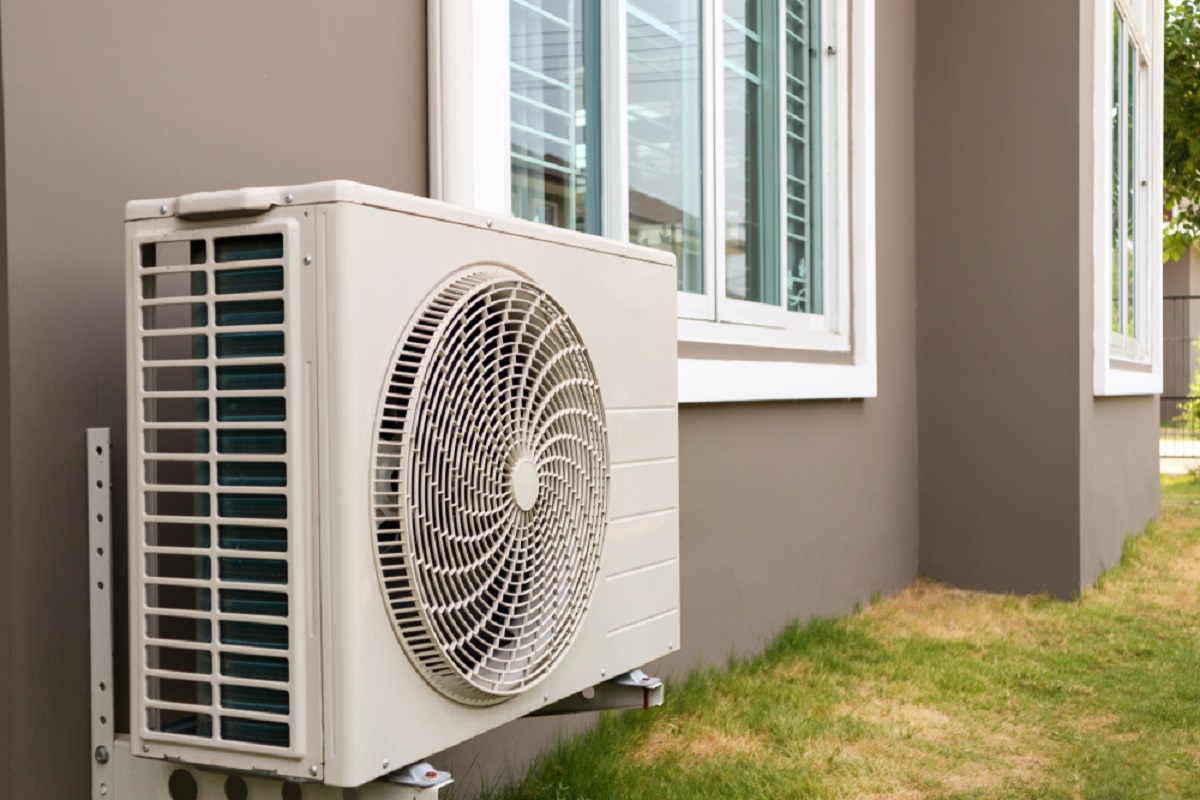
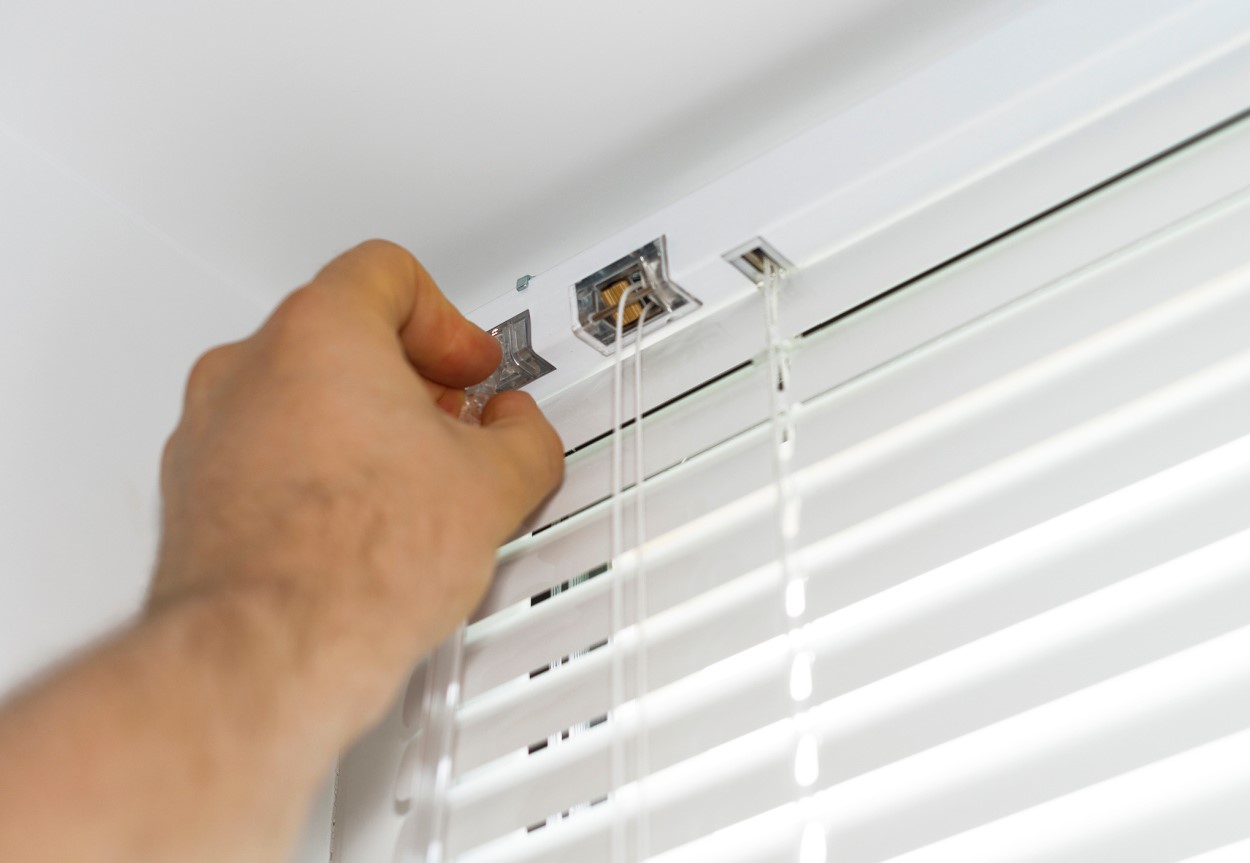
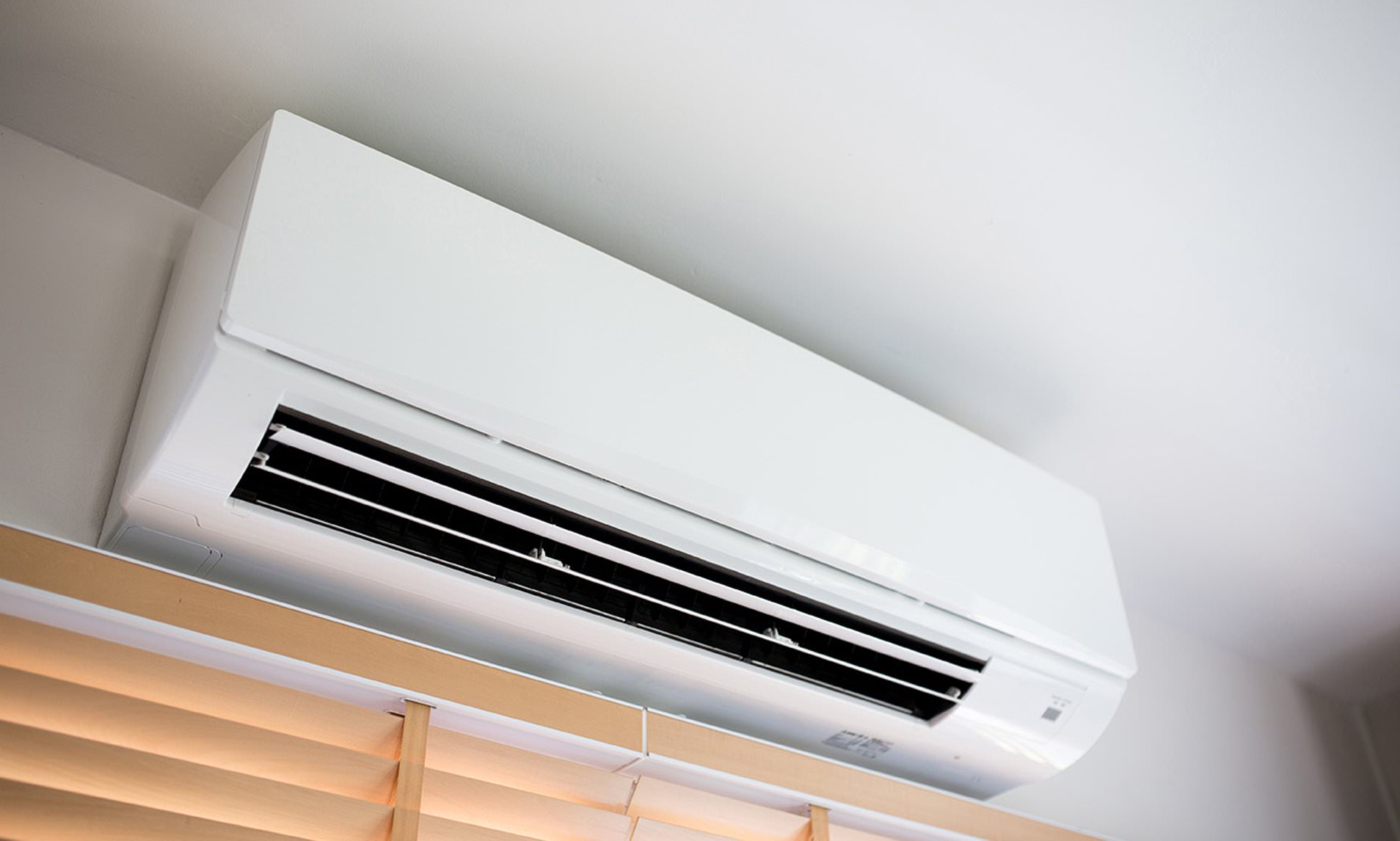
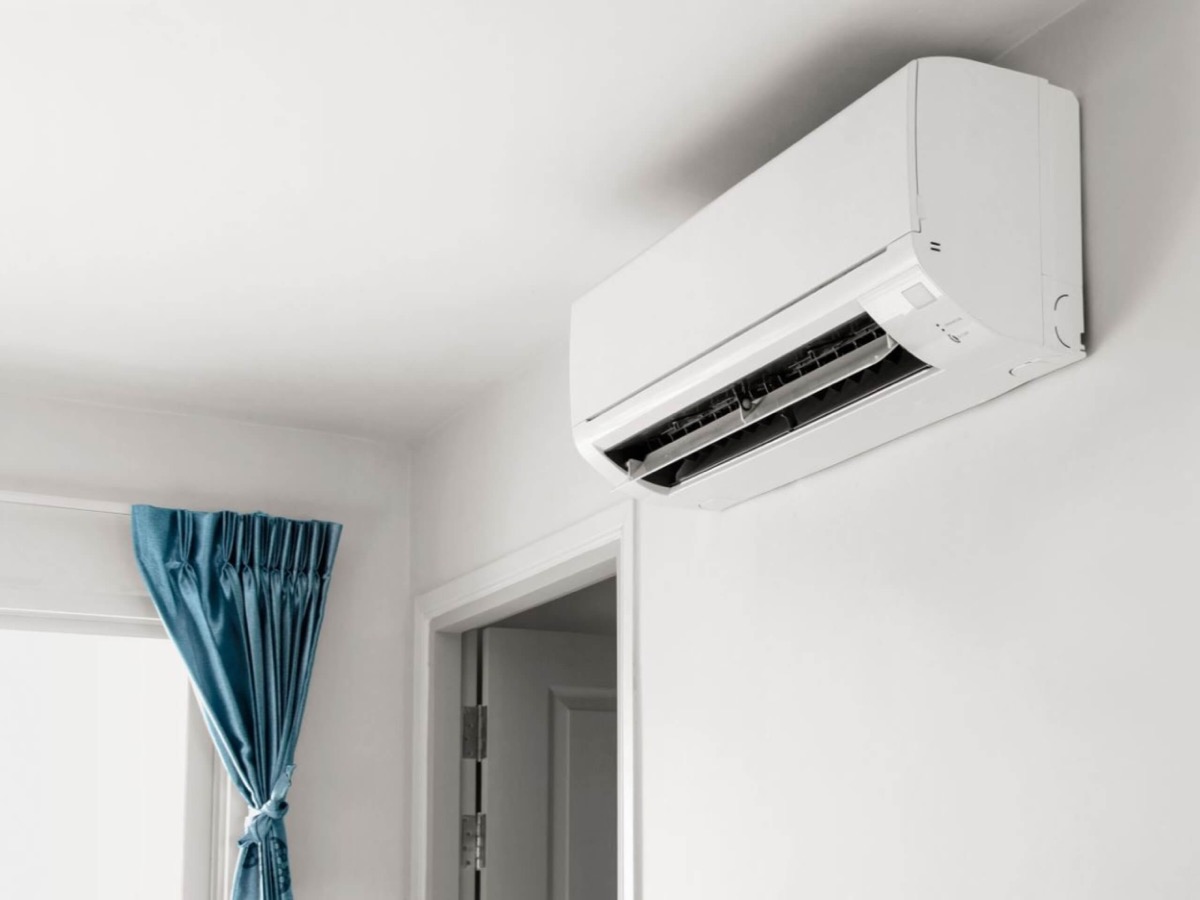


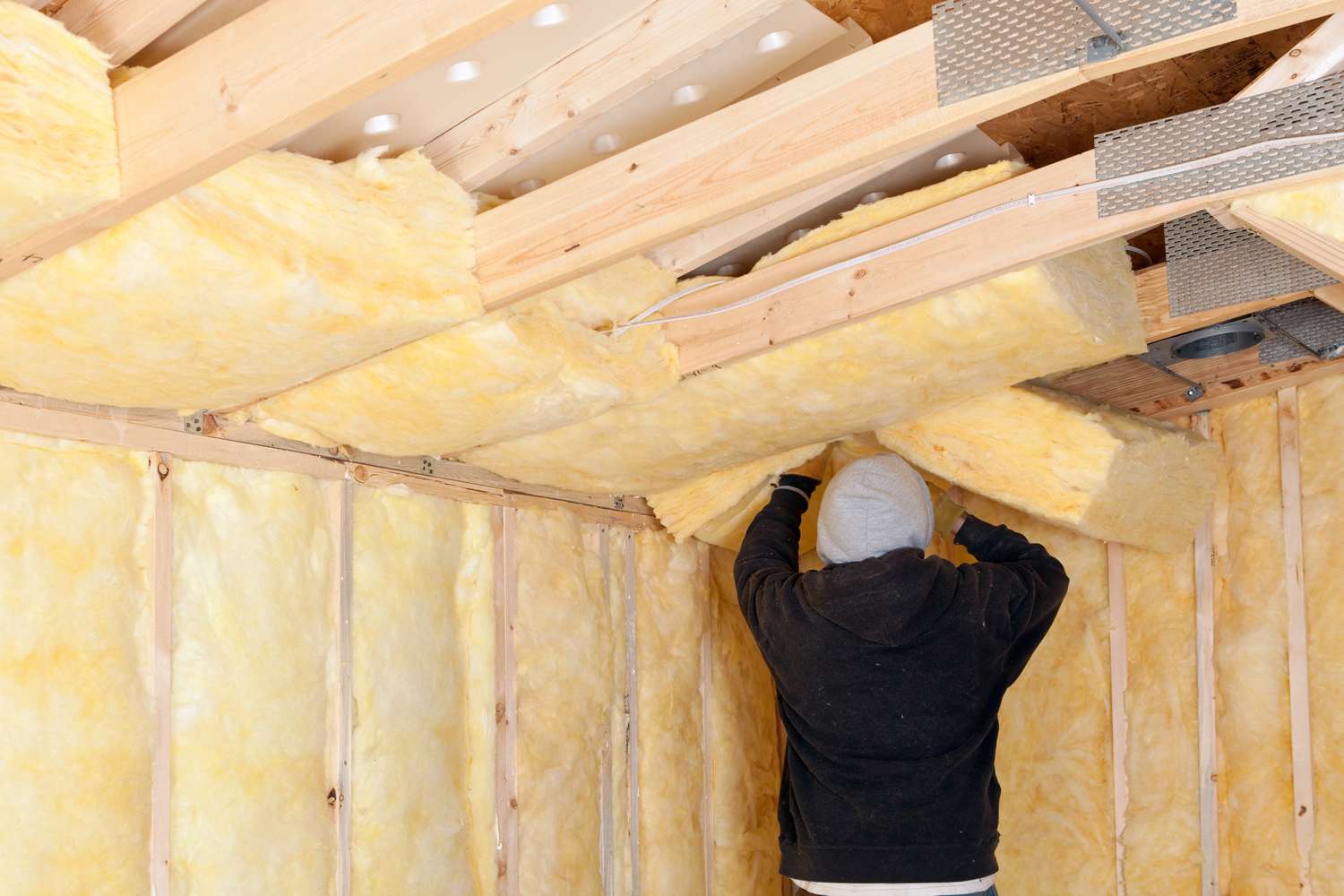






0 thoughts on “How Long Does It Take To Install AC Unit”